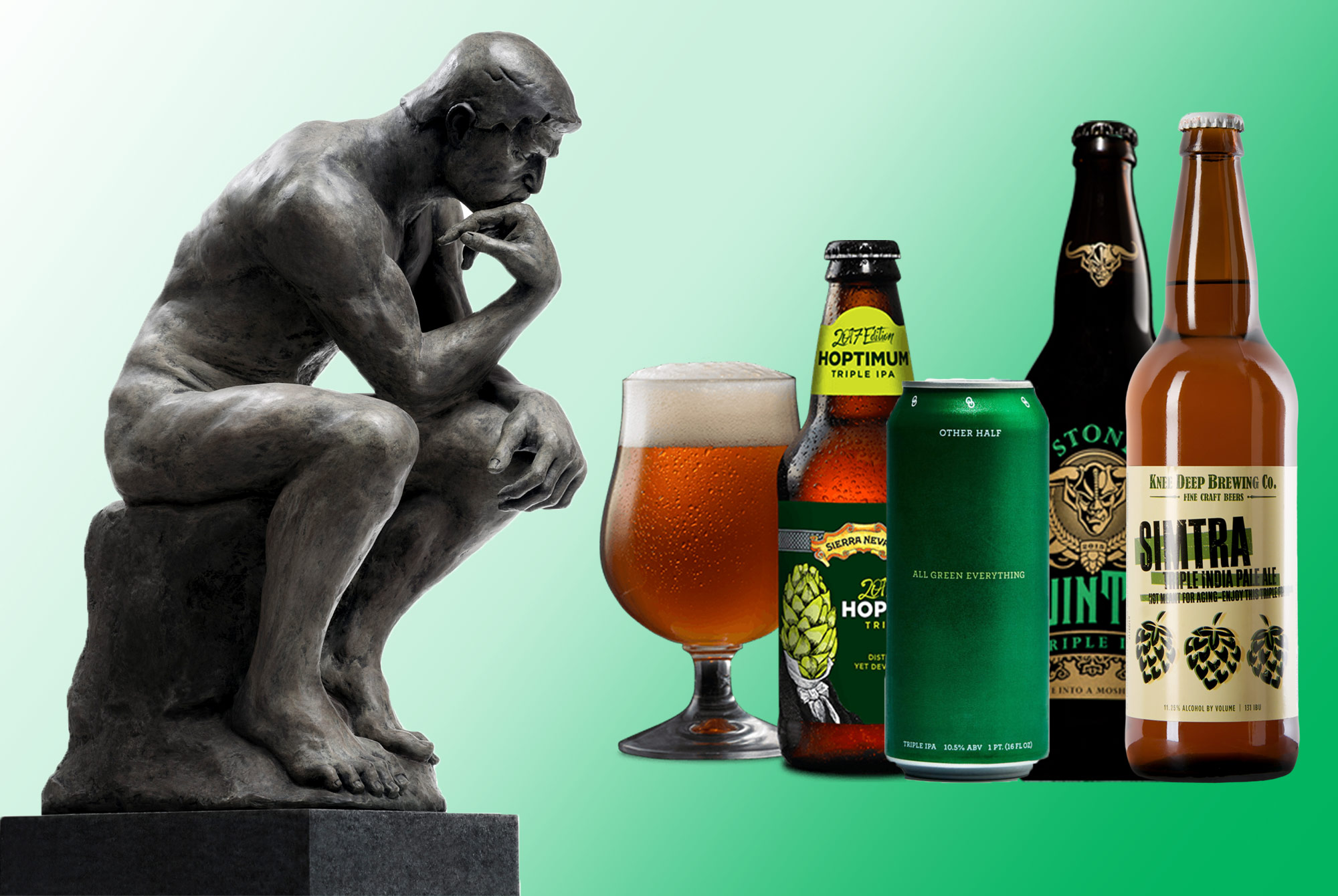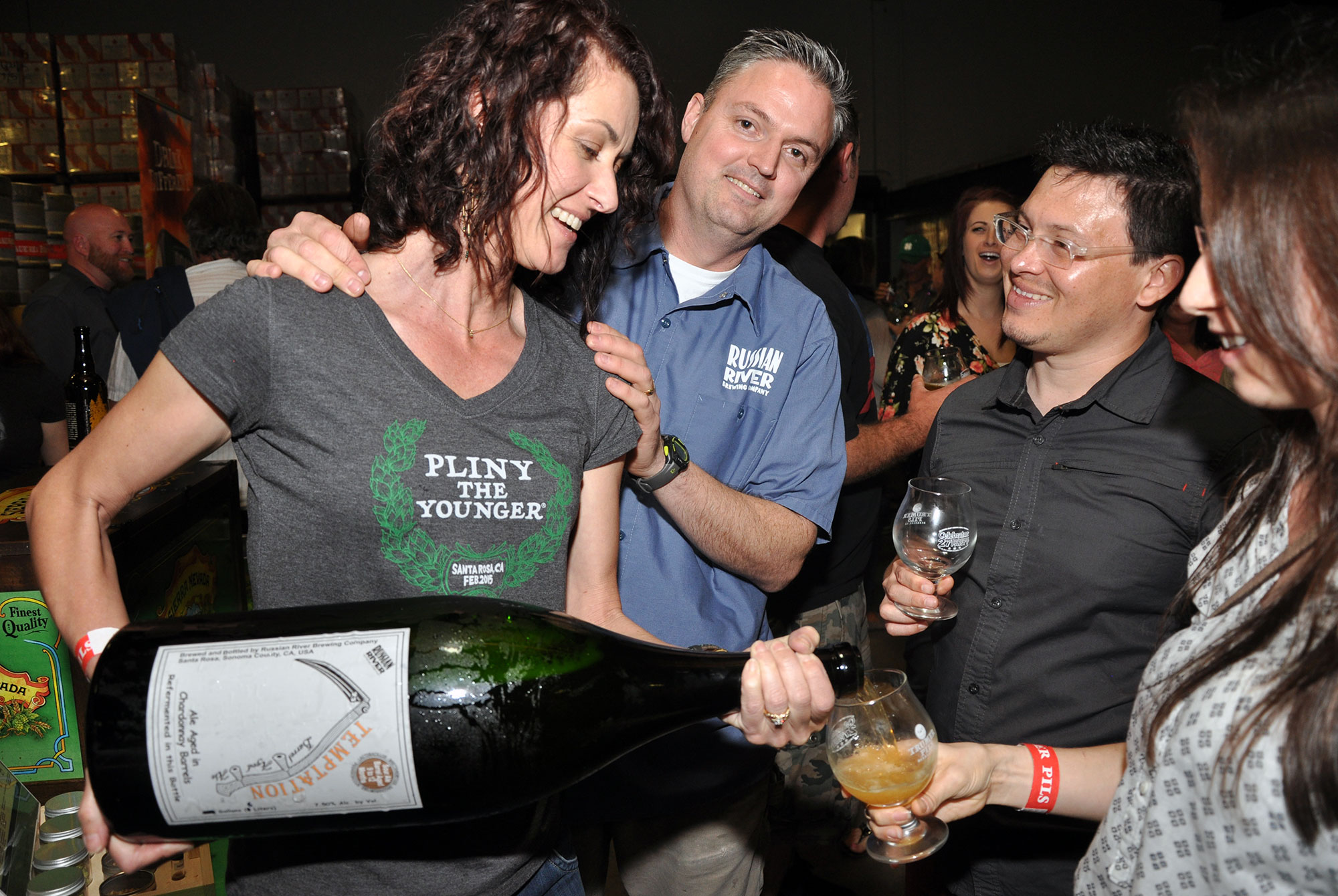Shop
Is There Such Thing as a Triple IPA?
Demystifying the newest, hopped up creation.
With more than 5,000 American craft breweries cranking out some untold number of beers every month, it’s inevitable that new styles are going to pop into the mix with the hopes of being the next big thing. Lagers, pilsners, and other low-ABV brews are currently experiencing their renaissance. But another, more curious style is creeping into the lexicon: the triple IPA (TIPA or IIIPA).
It’s easy to scoff at. As if a regular IPA, session IPA, double IPA (DIPA or IIPA), and Imperial IPA weren’t enough to keep track of already. IPAs are everywhere right now, but like everything else, they need to constantly innovate to stay relevant. To paraphrase a once-popular musician, “I hate these blurred lines!”
If you’re wondering what the difference is, I hate to be the one to tell you this but the answer is: “Whatever the brewer decides it is.”
Since defining any beer style by aroma, flavor, color, clarity, or body is all but out the window these days, the best guideline here is alcohol by volume, or ABV. The Brewers Association defines an American India Pale Ale as having an ABV of 6.3%-7.5%, while an Imperial or Double IPA should fall somewhere in the 7.6%-10.6% range.
If reason stands, a Triple IPA, then, should be any IPA with an ABV roughly over 10.5%, right?
If only it were that simple.
If reason stands, a Triple IPA, then, should be any IPA with an ABV roughly over 10.5%, right?
Sierra Nevada recently released Hoptimum, an “all-new triple IPA” that comes in at a head-scratching 9.6% ABV, securely within DIPA range. Similarly, for their fourth anniversary, Boston’s Trillium Brewing Co. released The Streets, a celebrated TIPA tipping the ABV scales at…10%. One true example of the style can be found in Founders Brewing Company’s 12% whopper, Devil Dancer.
This all goes to say, like lots of things in beer, this all really just comes down to marketing. When it comes to hoppy beers, best to go by the ABV rather than the “style.”



